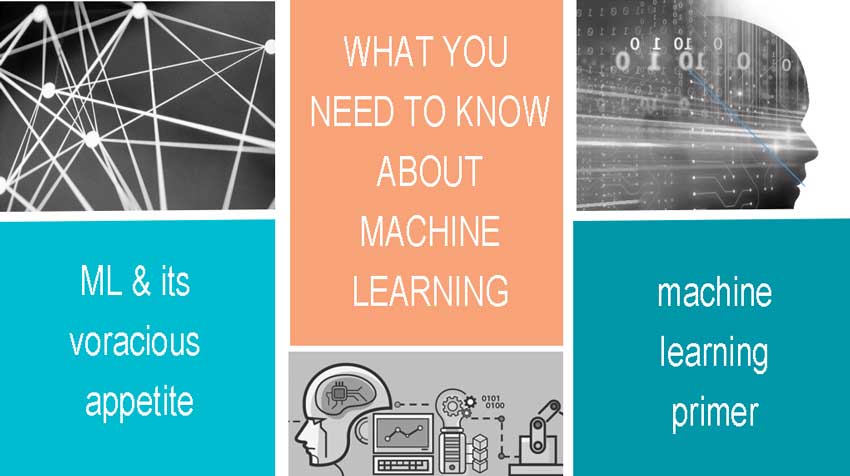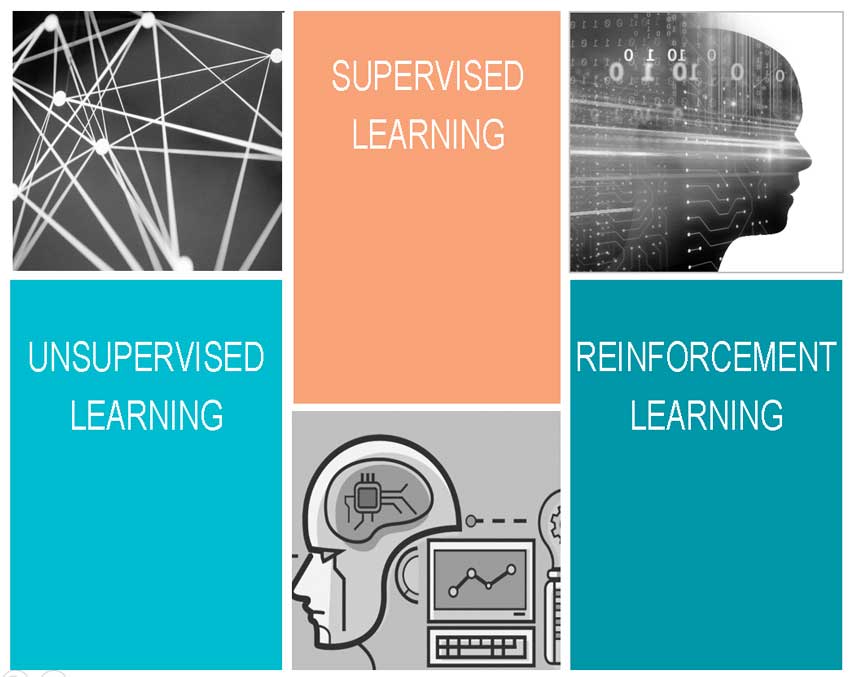Addressing machine learning and its voracious appetite for data requires feeding it volumes of high quality data. Whether it’s supervised learning, reinforcement learning or even unsupervised learning, access to high quality data in abundance is critical to getting the most out of advanced artificial intelligence. This data is commonly referred to as “ground truth data.” It is at the core of all machine learning projects from Google’s autonomous car program to IBM’s Watson.
Simply put, ground truth data is the data about the sample data. For Google, ground truth might consist of labeled drive-time video tagging every important entity from street signs to signals, cars and pedestrians so that the machine learning algorithms can develop inferences and knowledge. For IBM Watson Health, it might be patient medical data along with actual diagnoses so that it can identify key attributes that help identify medical conditions. Ground truth data essentially maps the inputs (the actual samples) with the desired output (the actual labels or tags). Having a basic understanding of common machine learning approaches (not the algorithms) is important to understanding how data will impact your project.
What Kinds of Machine Learning You Need to Know About
Let’s examine the most common machine learning categories that you are likely to come across and what these entail.
Unsupervised Learning
You might have heard about a type of machine learning called “unsupervised learning” that supposedly doesn’t require sample data, but use of the word “learning” when coupled with “unsupervised” is often a misnomer. The reality is that, with few exceptions, there is no actual “learning” in an unsupervised algorithm. The most often cited examples of unsupervised learning are clustering and anomaly detection. While it is true that neither require tagged sample data, neither actively learn. With clustering, the algorithm is simply grouping data by likeness. No ability to learn what the data is nor how to improve the clustering process when mistakes are made is present in clustering. For anomaly detection, the algorithm is simply identifying outliers in data that could represent a deviation from the norm. Here again, the algorithm cannot identify why the anomaly occurred or if it is an anomaly at all.
The reality is that every example of applied machine learning, from autonomous cars to facial recognition requires key prerequisites: (1) acquiring an adequate, representative sample set and (2) spending time training the machine learning algorithms. Deep learning is even more data hungry than traditional machine learning algorithms. The only good current example of unsupervised learning where learning is actually involved is a relatively new approach called “generative adversarial networks.” Even this approach requires some level of training data to start.
With generative adversarial networks, two pre-trained neural networks work against each other to improve. For example a neural network might be trained to create images of a bluebird. The second neural network is trained to identify pictures of bluebirds and is then charged with making a determination if the resulting image is actually a bluebird or a fake. Ultimately, the constant creation and analysis of these pictures results in automatic generation of bluebirds that are photorealistic. Once set-up, these networks truly do learn in an unsupervised mode.
Supervised Learning
Supervised learning is the most common form of machine learning. With this mode of machine learning, information required by the software is provided as both the input source along with the desired output for each sample data (remember we call this Ground Truth data). From there, the algorithms analyze the data and create inferences that allow the machine learning system to predict the outcomes of unlabeled data. The actual means by which this data is provided to the system can be through a bulk-load or via an interactive session where a subject matter expert instructs the system about what the proper output should be.
Reinforcement Learning
In the case of autonomous vehicles, they can be pre-trained to understand maps, signage, pedestrians, cars, animals and other common things encountered while driving. However, because accounting for all possibilities is impractical, if not impossible, the algorithms will encounter problems for which they haven’t been trained. At that point, a human will be called into action to make a decision. The details of the problem encountered and the human decision will then be stored and analyzed to potentially learn something new.
This ability to learn something new is an example of a relatively new and exciting mode of machine learning called “Reinforcement Learning.” In this mode, there is no specific requirement to provide the system with ground truth data. In fact, the entire concept of reinforcement learning is to address problems where it is not practical to develop this data. A common example is with games such as Go where it would be nearly impossible to identify and label every potential combination of moves.
Constantly Optimizing Performance
Reinforcement learning changes the process slightly to use what are called “states” and “actions” to optimize an inferred “policy” towards maximizing the sum of rewards, which is the result of a correct action. Something in the environment is expected to provide the input to determine a reward. It can be binary such as “did the machine learning software win the game?” Or, it might be that the passenger arrived at the destination with no adverse events. Either way, the key is that the system is taking in results in the environment in which it is acting to optimize the next set of actions that result in optimizing performance. Reinforcement learning could have a significant impact in reducing the overall need for ground truth data, but the time required to produce good performance is a drawback in scenarios where labeled input data can be obtained.
Applied Machine Learning
Knowing the modes in which machines learn and the realities of input data lays the groundwork for exploring the possibilities of applying machine learning to your own organization’s needs whether it be generating insight from data, improving efficiencies through process automation, or many other applications.
###
If you found this article interesting, you might find this eBook useful, Machine Learning for Advanced Capture:



